How can i install a water dispenser in my kitchen?
Constantly refilling a pitcher can be tedious. “How can I install a water dispenser in my kitchen?” This way, I’d have instant access to fresh water and streamline my daily routine.
Installing a water dispenser typically involves selecting the type, positioning it near a water line for easy access, and may require plumbing expertise to tap into the existing system and ensure leak-free operation. Always follow manufacturer instructions or consult a professional.
Discover the convenience of kitchen water dispensers! Read on for a step-by-step guide to effortless installation and hydration at your fingertips.
How can i install a water dispenser in my kitchen? (Guidance)
To know the problem, How can i install a water dispenser in my kitchen? Read the following Steps!

Step 1: Choose the Right Water Dispenser
Decide whether you prefer a freestanding unit, a countertop model, or an under-sink water dispenser. Consider the space available and the dispenser’s capacity that aligns with your household needs.
Step 2: Gather Necessary Tools and Materials
Assemble tools such as an adjustable wrench, Teflon tape, drill, screws, and possibly a saddle valve. Check with your dispenser’s manual for any additional items required for installation.
Step 3: Shut Off the Water Supply
Locate the main water valve in your home and turn it off to prevent water from flowing while you work. This step is crucial to avoid any accidental water leakage during installation.
Step 4: Install the Water Line
Connect a water line to the refrigerator or under the sink, where the dispenser will be located. Use Teflon tape to ensure the connections are secure and watertight.If the dispenser is bottle type click to learn how to install it.
Step 5: Mount the Dispenser
For freestanding or countertop models, place the dispenser in the desired spot and ensure it’s stable. For under-sink installations, mount the faucet on the sink or countertop and secure it with the provided hardware.
Step 6: Connect Dispenser to the Water Line
Attach the water line to the dispenser according to the manufacturer’s instructions. Ensure all connections are snug and there is no risk of leaks.
Step 7: Turn On the Water and Test
After everything is connected, turn the water supply back on. Check for leaks and test the dispenser to ensure it’s working correctly. Enjoy convenient access to fresh water right in your kitchen.
Topics:
The comprehensive topics related, How can i install a water dispenser in my kitchen?
1.Maintenance and Care of Your Kitchen Water Dispenser
Regular maintenance is key to ensuring your hot water dispenser continues to provide safe and clean water. This includes routine cleaning of drip trays, replacement of water filters, and descaling to prevent mineral buildup. Periodic checks will prolong your dispenser’s longevity and quality of performance.
2.Choosing the Right Water Filter for Your Dispenser
The quality of your drinking water heavily depends on the type of filter you use. Explore the differences between charcoal, reverse osmosis, UV, and other filtration systems to make an informed decision that caters to the specific contaminants in your water supply.
3.The Environmental Impact of Water Dispensers Vs. Bottled Water
Switching to a water dispenser can significantly reduce plastic waste and the carbon footprint associated with bottled water production and transportation. Understand how making this change benefits the environment and contributes to a sustainable lifestyle.
4.Troubleshooting Common Issues with Water Dispensers
Encounter a leak or a dispenser that’s not cooling water? We’ll delve into common problems that might arise with your kitchen water dispenser and provide guidance on how to troubleshoot them efficiently, ensuring uninterrupted access to clean water.
5.The Cost-Benefit Analysis of Installing a Water Dispenser
Assess the initial investment of installing a water dispenser against the long-term savings on bottled water purchases. We’ll break down the costs involved in installation and maintenance, and the potential financial benefits over time.
Conclusion:
In summary, installing a water dispenser in your kitchen is a straightforward process that can be accomplished with relative ease. By following the steps outlined – from choosing the right type to connecting it to your water line – you can answer the question, “How can I install a water dispenser in my kitchen?” With the right tools and a bit of patience, you’ll enjoy the convenience and benefits of having fresh water at your fingertips, all while contributing to environmental conservation.
FAQs:
People also ask, How can i install a water dispenser in my kitchen?
Water dispensers generally consume minimal electricity, similar to a standard light bulb, making them an energy-efficient addition to your kitchen appliances.
Home water dispensers are worth it for convenient, cost-effective access to clean, filtered water, reducing reliance on environmentally detrimental bottled water.
Water dispensers should be placed in a kitchen area with easy access to a water supply line and convenient for daily use without obstructing movement or workflow.
Place the water dispenser in an area close to the sink to simplify installation and provide easy access for frequent use without cluttering the kitchen workspace.
To install a kitchen water filter, follow these steps: Mount the filter unit, connect it to the cold water line, then secure all connections and test for leaks.

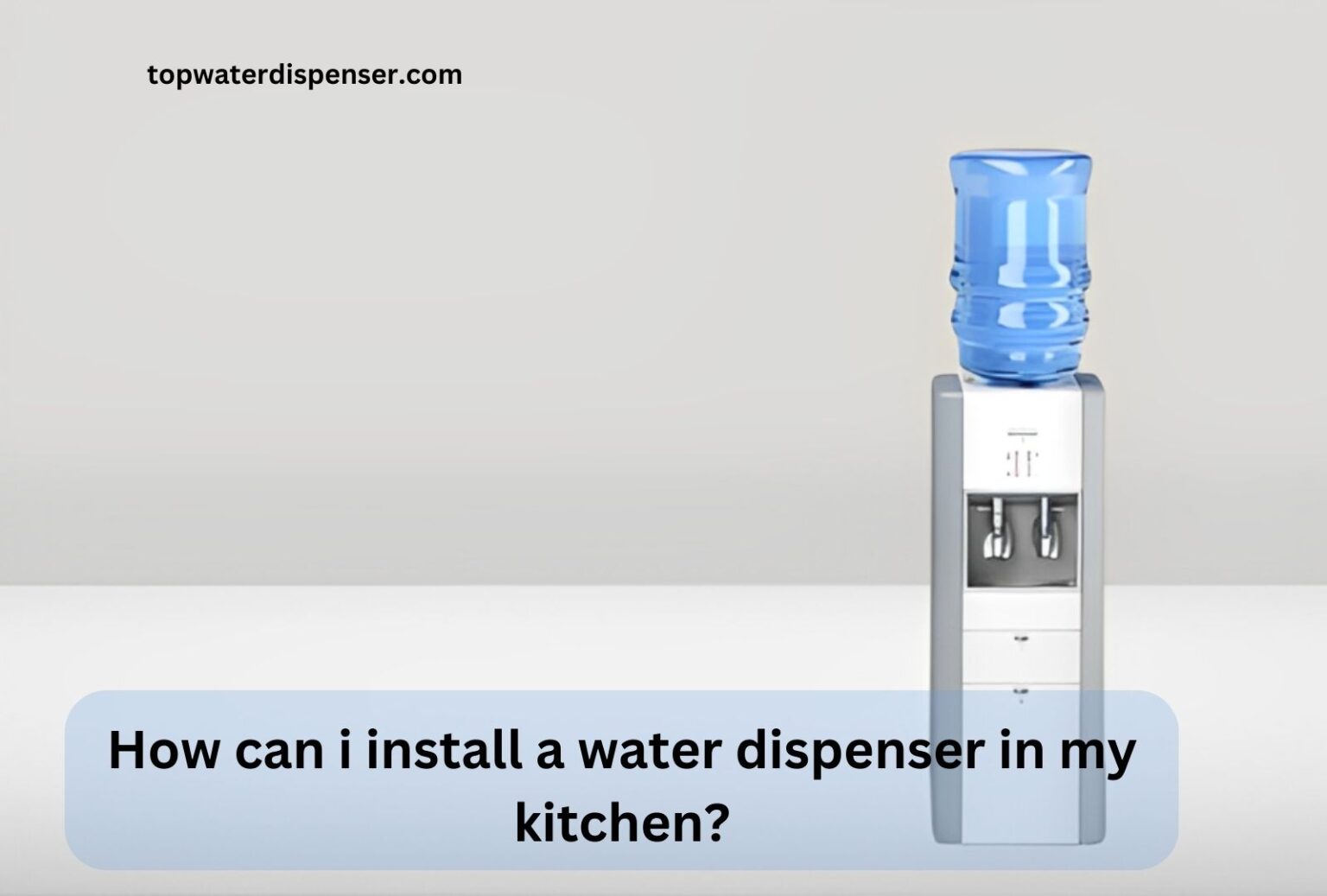
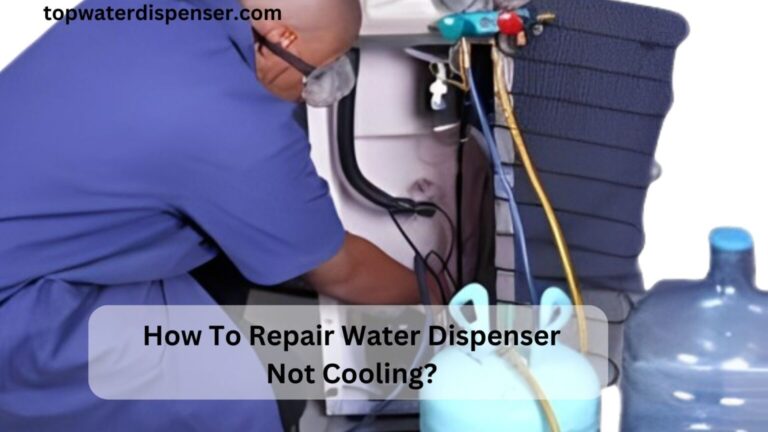
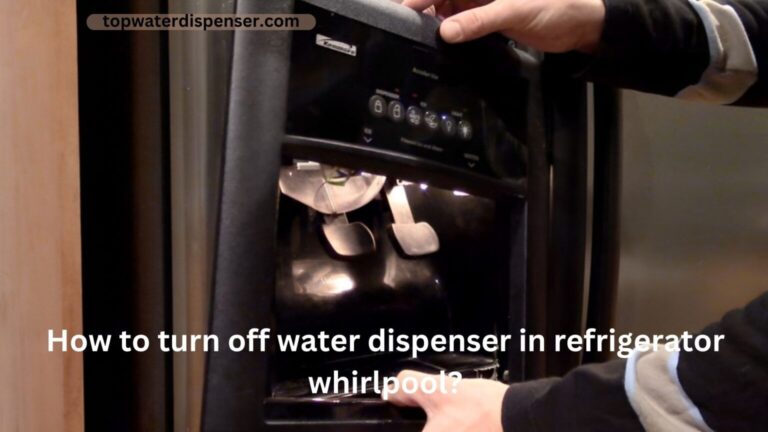
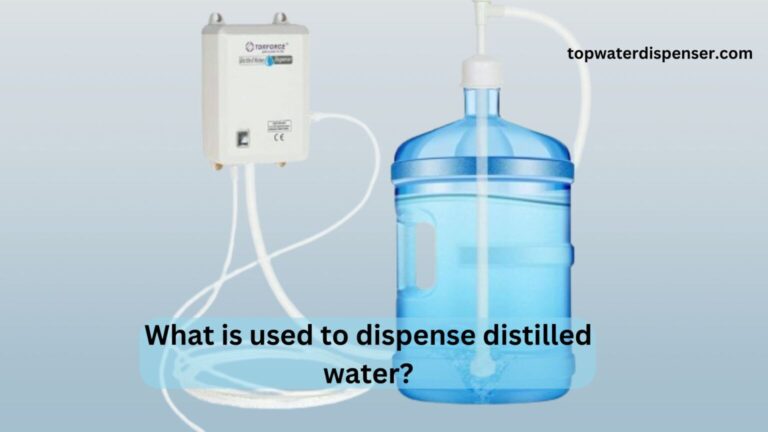
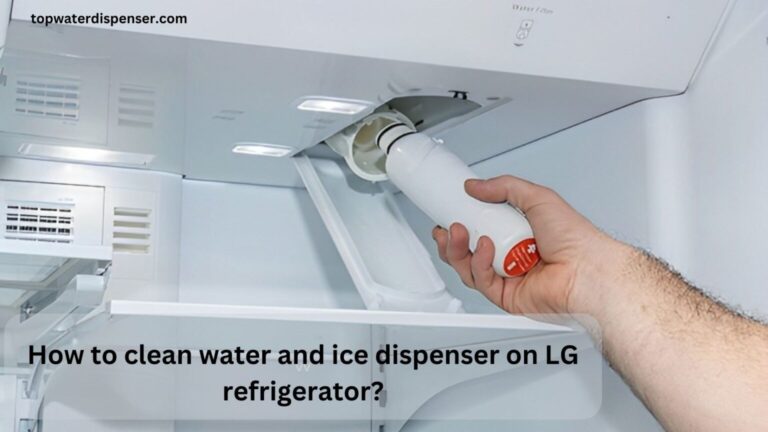
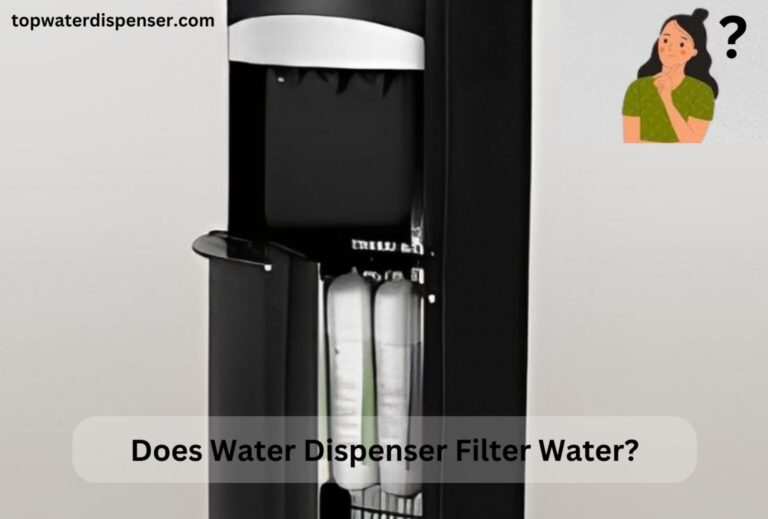

One Comment